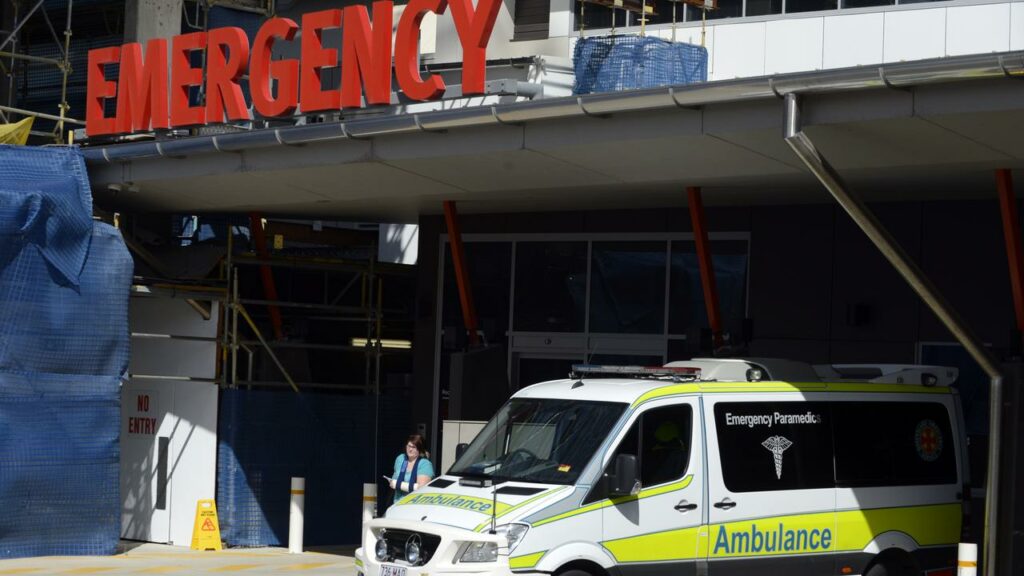World-leading new Australian sepsis care standard will save lives
Richard Dinnen - Queensland Editor |

On a busy night in a Queensland hospital emergency department, a young child is going downhill fast.
His fever, chills, and nausea are typical of the respiratory infection he’s had for a couple of days, but treatment hasn’t helped, and doctors rightly fear there’s more going on.
The chance of them correctly diagnosing sepsis in time to save the boy’s life got a significant boost today, with the Australian Commission on Safety and Quality in Health Care releasing the national Sepsis Clinical Care Standard.
Sepsis is the human body’s extreme response to an infection, causing damage to its own tissues and organs.
Every year, 8,700 Australians die of sepsis, and more than 55,000 are diagnosed with it. Of the survivors, many have prolonged after-effects or develop a lifelong disability.

Paula Lister is the Director Paediatric Critical Care at Sunshine Coast University Hospital and joint leader of the Queensland Paediatric Sepsis Program.
Professor Lister said today’s launch of the new care standard is a “dream come true” that will help save lives.
“Late-stage sepsis is very easy to diagnose, but it’s really hard to save people then. We need to be picking it earlier before patients are so sick.
“Infections in children are common, but progression to paediatric sepsis is rare. The new standard ensures that frontline clinicians in all facilities will have decision-support tools to help recognise and treat children with sepsis early.
“This will help us to pick the one child in a thousand presenting to ED who may have sepsis. Our window of opportunity is small. Of the children who die with sepsis, 50 per cent will die within 24 hours.”
Professor Lister said parents and carers have a vital role in securing early investigation and treatment in possible cases of sepsis.
“It is important for parents to trust their instincts. They should feel empowered to seek medical attention if they are concerned their child is more unwell, even if they have been recently seen by a doctor.
“There’s a pretty low awareness of the signs of sepsis, about 50 per cent of Australians haven’t heard of it.
“People need to know when to come to hospital. They come late, and we have to deal with that. This new standard will help with that.
“And it will reinforce that it doesn’t all end when a survivor is discharged from hospital. There is a post-sepsis syndrome, where patients suffer long-term fatigue, sleep disturbance, difficulty concentrating.
“We’re raising awareness of that, so the patient can have a proper care pathway afterwards to get them back to where they were.”
Sepsis accounts for $700 million in direct hospital costs each year, with indirect costs of more than $4 billion each year.
It arises from bacterial, fungal, or parasitic infections. It can also be triggered by viruses like influenza and COVID-19.
Sepsis is more common in young children, older people, Aboriginal and Torres Strait Islander peoples, people living in remote communities, and people living with cancer or immunosuppression.
Worldwide, more than 50 per cent of sepsis cases occur in children and adolescents.
Sepsis is a life-threatening condition that requires urgent hospital treatment to prevent death or permanent disability.




